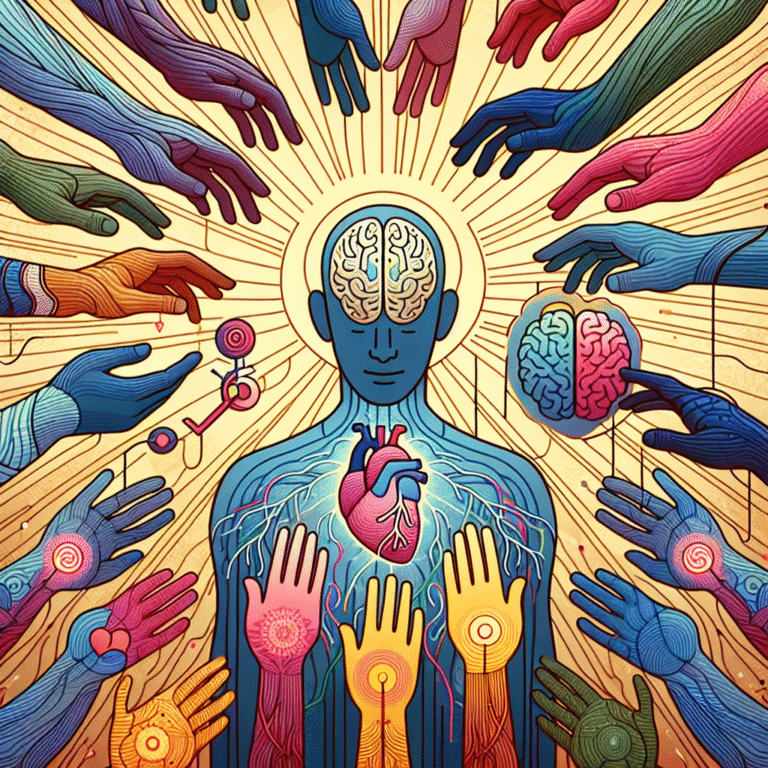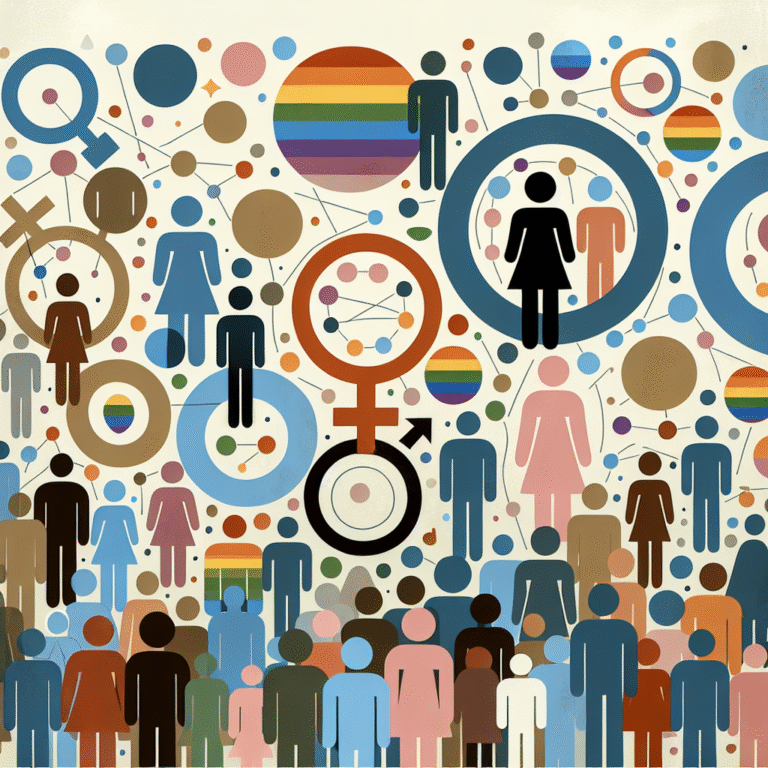
Introduction
In an age where the conversation around equality is more relevant than ever, we must explore a critical yet often overlooked issue: The Impact of Gender Inequality on Global Economic Growth. With women representing half of the global population, their underrepresentation in various sectors not only affects individual lives but shapes entire economies. In this article, we’ll delve into how gender inequality is not a mere social issue but a significant barrier to economic advancement. By unpacking the complexities of this inequality, we can appreciate its impacts, identify the avenues for change, and ultimately inspire action toward a more equitable environment for all.
The Economic Foundation of Gender Inequality
Understanding Gender Inequality
At its core, gender inequality manifests in limited access to education, healthcare, job opportunities, and political representation for women. Globally, the ramifications of these limitations ripple across economies, impacting GDP, productivity, and societal well-being.
The Data That Matters
-
Global GDP Loss: According to the McKinsey Global Institute, if women participated in the economy at the same rate as men, it could add $28 trillion to the global GDP by 2025.
- Workforce Participation: The World Economic Forum estimates that closing the gender gap in labor force participation could boost global economic output by up to $2.1 trillion.
This data reinforces the staggering potential of gender inclusivity.
The Economic Impact of Gender Gaps
Reduced Workforce Participation
Case Study: OECD Countries
A notable case is the Organization for Economic Cooperation and Development (OECD) countries, where gender disparity in employment translates to billions lost in economic activity. A 2018 report indicated that removing barriers to women’s workforce participation could increase GDP by 12% by 2030.
Analysis
This reduction in workforce participation stems from societal norms, lack of parental leave, and inadequate childcare options. Addressing these disparities can result in immediate economic benefits.
The Skills Gap
Case Study: Developing Nations
In many developing nations, the educational disparities contribute directly to economic stagnation. For instance, in Afghanistan, only 38% of girls attend secondary school. According to the Asian Development Bank, this gap contributes to $1.5 billion in lost economic opportunity.
Analysis
Educating women leads to better economic outcomes, not just for them but for entire communities. Investing in women’s education results in healthier families, increased children’s education, and improved national productivity.
The Gender Pay Gap
Economic Consequences
The gender pay gap persists across the globe, with women earning, on average, 16% less than men for similar roles. This gap means that not only are women losing income but also economies are losing out on potential economic growth.
Case Study: The U.S. Labor Market
The U.S. has seen a gradual increase in women’s participation in the workforce, yet the pay gap remains unchanged for decades. It has been estimated that closing the gender pay gap could boost the U.S. economy by nearly $512 billion annually.
Analysis
Addressing wage disparities leads to increased spending power, which can substantially enhance economic growth.
Social Implications of Gender Inequality
Health and Well-being
Economic growth is intrinsically linked to the well-being of a society. Gender inequality often results in poorer healthcare access, especially for women.
Case Study: The Global Health Impact
In countries where gender inequality is pronounced, maternal mortality rates remain high. The World Health Organization reports nearly 295,000 maternal deaths globally in 2017, many of which could be prevented through gender-inclusive healthcare policies.
Analysis
Investing in women’s health not only saves lives but can save economies. Healthier women lead to more productive workforces.
The Political Dimension
Representation Matters
Women’s underrepresentation in politics contributes to policies that do not favor women’s needs, further exacerbating inequalities.
Case Study: Rwanda
Rwanda is an exceptional case in political representation. Following the genocide in the 1990s, Rwanda adopted policies that led to women occupying 61% of parliamentary seats. This inclusivity has transformed health and education policies, contributing to significant economic growth.
Analysis
Rwanda’s experience illustrates the vital link between women in leadership roles and effective policy-making that promotes equality and economic growth.
Strategies for Addressing Gender Inequality
Policy Recommendations
-
Investment in Education: Governments and NGOs must prioritize affordable education for girls to close long-term economic gaps.
-
Encouragement of Female Workforce Participation: Companies should adopt policies that support work-life balance.
-
Equal Pay Legislation: Lawmakers must enforce strict equality pay policies to reduce wage disparities.
- Healthcare Accessibility: Governments should ensure that women’s healthcare needs are met, contributing to a healthier workforce.
Community Engagement
Community-based initiatives can also play a role. Programs that encourage local women’s groups to advocate for their rights can lead to substantial changes at the grassroots level.
Conclusion
Understanding The Impact of Gender Inequality on Global Economic Growth is essential for moving toward a world where everyone has equal opportunities. As we’ve seen through various case studies, addressing gender inequality enhances not just individual livelihoods but entire economies. When societies invest in women’s education, promote equal pay, and involve women in decision-making processes, the results can be transformative.
By fostering an environment of equality, we ignite the potential for sustained economic growth. It is time for governments, businesses, and communities to take action, not just out of principle but out of necessity for economic vitality.
FAQs
1. What is the gender pay gap?
The gender pay gap refers to the average difference in earnings between women and men in the workforce.
2. How does gender inequality affect economic growth?
Gender inequality limits workforce participation, causes wage disparities, and reduces overall productivity, all of which hinder economic growth.
3. What can businesses do to address gender inequality?
Businesses can adopt policies promoting equal pay, implement diversity training, and create supportive environments for both men and women.
4. Are there countries leading in gender equity?
Yes, countries like Rwanda and Iceland are recognized for their progressive policies supporting gender equality in various sectors.
5. How can education influence gender inequality?
Investing in girls’ education can break the cycle of poverty and lead to enhanced economic opportunities for future generations and communities.
By addressing these questions, we reinforce the importance of understanding The Impact of Gender Inequality on Global Economic Growth, and the need for comprehensive actions that foster inclusivity for everyone.














